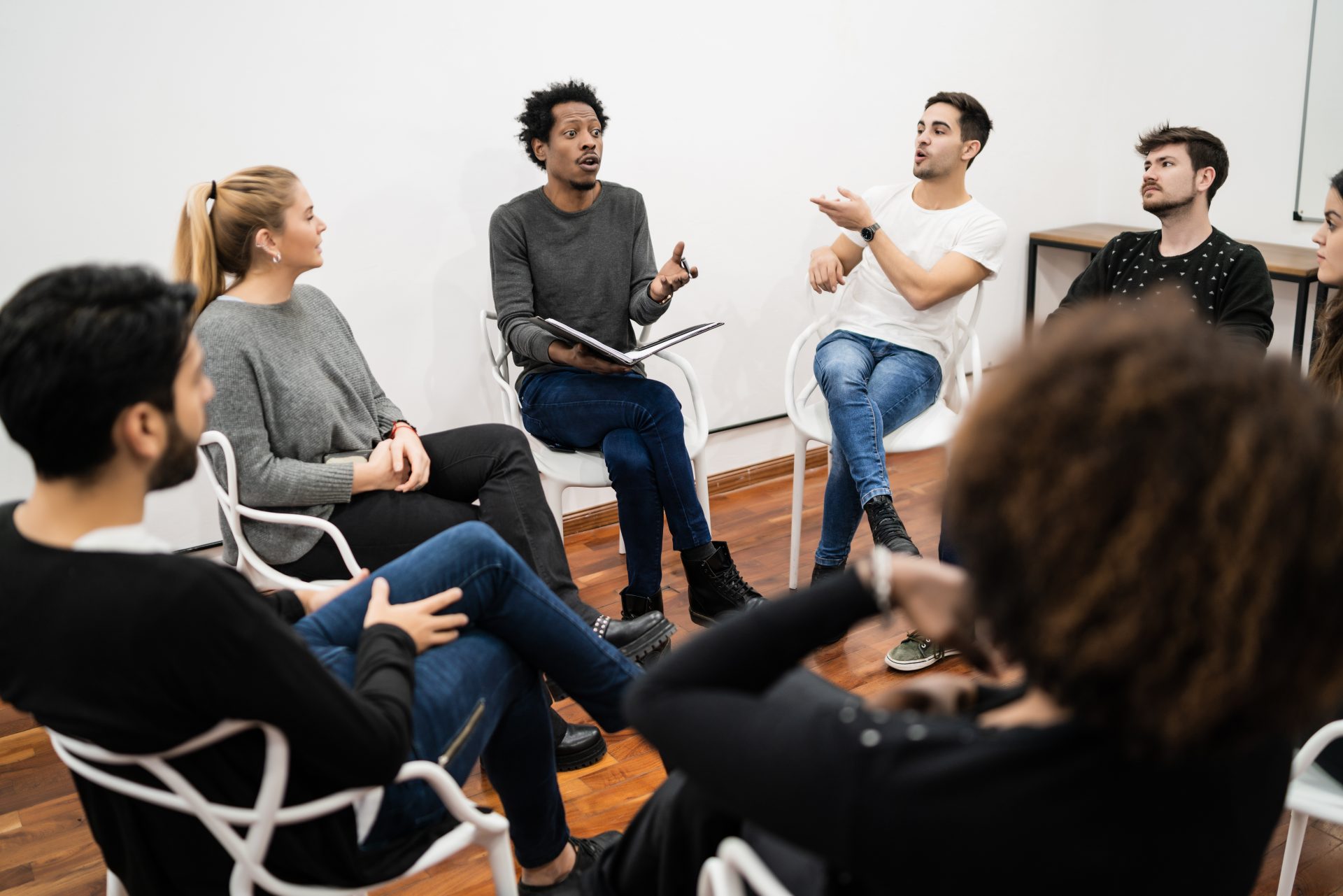Upon embarking on the journey of becoming a restorative neighborhood, meaning a neighborhood where we aim to strengthen and restore relationships, it’s good to know what you’re up against – so to speak. Ideally, you already have a good view on the dynamics in the area that you like to target. Maybe because you or your organization has been active there for a long time. Or maybe you have been living there yourself for some time. Still, it is good to ask the citizens themselves. How do they experience the atmosphere? How much do they feel connected to their neighbors? Do they suffer any conflicts?
Depending on the time and resources available we can go door to door and ask people face-to-face. This of course will give you the most nuanced overview. And it will allow you to connect with the people in the neighborhood more personally. Many people will feel valued because someone is making the effort to listen to their opinion. Some may be less cooperative. And this is their right too! Not everyone shares our mission (yet). Always think CARE (see part 1, chapter 4.4)! Keep the restorative values in mind and practice them in action, especially when you hit resistance. “If we don’t practice what we teach, we’re teaching something different.” So, in those situations where you’re confronted with cynicism or any other form of opposition, remain open, respectful and empathic by trying to connect with people’s feelings and needs.
The information you gather will help you to prioritize goals and pitch your letter of invitation for a neighborhood kick-off meeting, a support circle or a problem-solving meeting.
Beware: we are not looking for a list of all the problems that people might have and observe in their neighborhood. Yes, it may be a good idea to construct a playground or to install speed bumps to slow down traffic. But that’s not the scope of our survey. We’re interested in the nature of the relationships between the citizens and the impact this has on them. We suggest using questions like the ones you find in the Neighborhood Assessment Survey available for download. This is not a fixed list of course. But it gives an idea of the sort of information we’re looking for.






